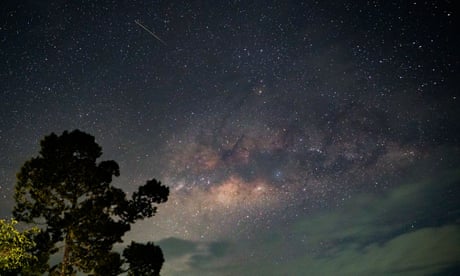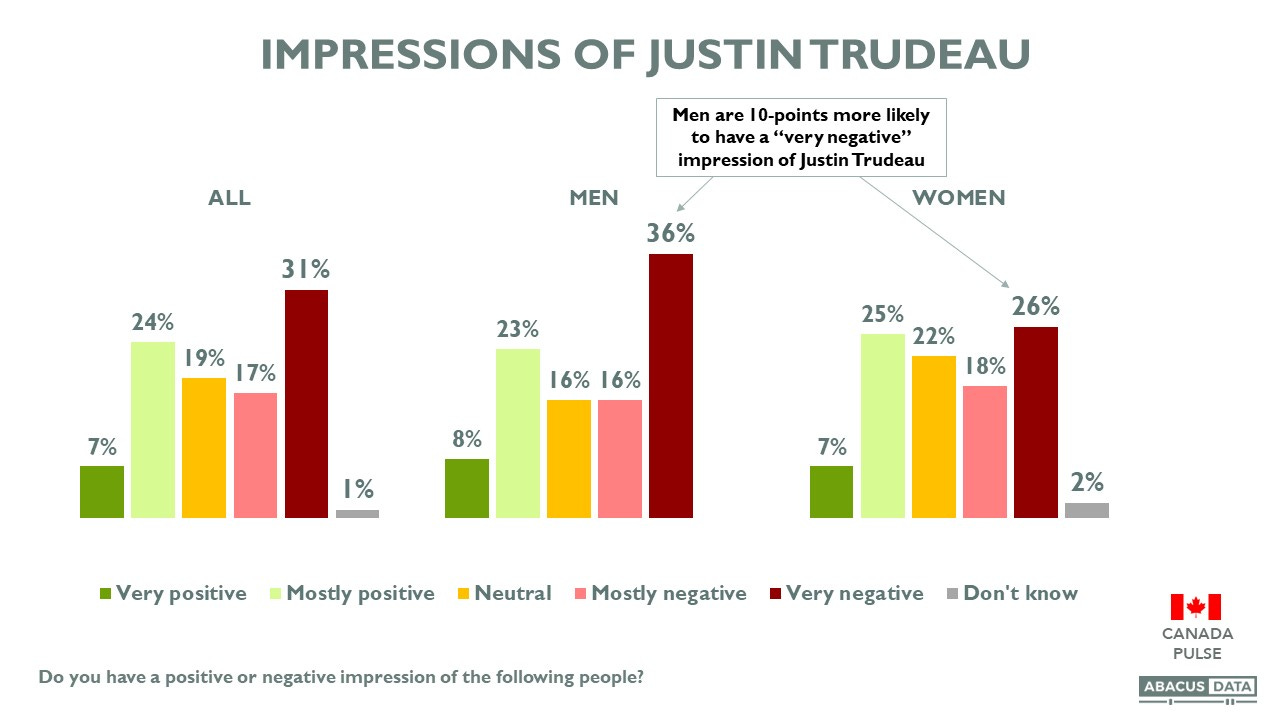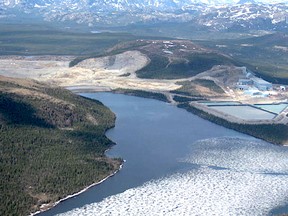Astronomers urge people to stand up to ‘big light’ industry amid unchecked brightening of night sky
Nicola Davis
@NicolaKSDavis
A ban on megaconstellations of low-altitude satellites – arrays such as Elon Musk’s Starlink – should be considered, astronomers have said, in an effort to reduce light pollution and preserve our ability to study the skies.
In a series of papers and opinion pieces published in the journal Nature Astronomy, scientists have raised the alarm about the brightening night sky, with one team of experts calling for scientists to stand up to “big light” as they have to other fields, such as big tobacco and big oil, and bring in regulation.
For megaconstellations of low-altitude satellites, they write, this could mean a veto.
“On the scales of immediate or long-term benefits and harm to society, and despite the popularity of satellite megaconstellations, we must not reject the possibility of banning them. On the contrary, we believe that the impacts and risks are too high for this possibility to be ruled out,” they write.
The team say that it is unlikely that bodies contributing to light pollution – be it from ground-based LEDs or other lamps, or low-altitude satellites – will regulate themselves.
“Every time some health or environmental issue arises and starts to be addressed in the scientific literature, the ‘machine of doubt’ is put into action by the polluters to stop, or at least delay by years or decades, the adoption of countermeasures and rules to protect human health and the environment,” write Fabio Falchi, from the Light Pollution Science and Technology Institute in Italy, and co-authors in a comment piece.

Light pollution rapidly reducing number of stars visible to naked eye, study finds
As a result, the team have called for action.
“In my opinion there should be a cap limit on the total number of satellites in low orbits, and their number is probably already too high,” Falchi said, with the team writing that caps should also be introduced for artificial light at night.
According to an accompanying perspective piece, megaconstellations have more than doubled the number of functional satellites in low Earth orbit since early 2019, with a vast number of launches planned in the coming years.
But experts say this has come at a cost: the illumination of the artificial satellites and associated space junk by the sun has increased night sky brightness.
“We are witnessing a dramatic, fundamental and perhaps semi-permanent transformation of the night sky without historical precedent and with limited oversight,” writes John Barentine of Dark Sky Consulting and colleagues.
According the authors, one concern is that faint astrophysical signals will become increasingly hard to detect due to increasing night sky brightness.

End ‘colonial’ approach to space exploration, scientists urge
“An example with distinct and potentially severe social consequences is the detection of near-Earth objects that represent a high risk of colliding with our planet,” they write. In addition, the team note that an increase in “noise” can lead to a loss of efficiency and hence a greater financial burden for research facilities due to an increase in the time needed to collect and combine data.
Satellites trails in astronomical images are another problem, while there is also a concern about the impact of increasing night sky brightness on biological systems.
Then there is the impact on the public, who may find it harder to see the Milky Way, familiar constellations, weak aurorae and faint meteors.
Overall, the scientists suggest the stakes are too high for inaction.
“For the general public there is the possibility to lose the natural sight of a perfect natural starry sky, everywhere on Earth,” said Falchi.












